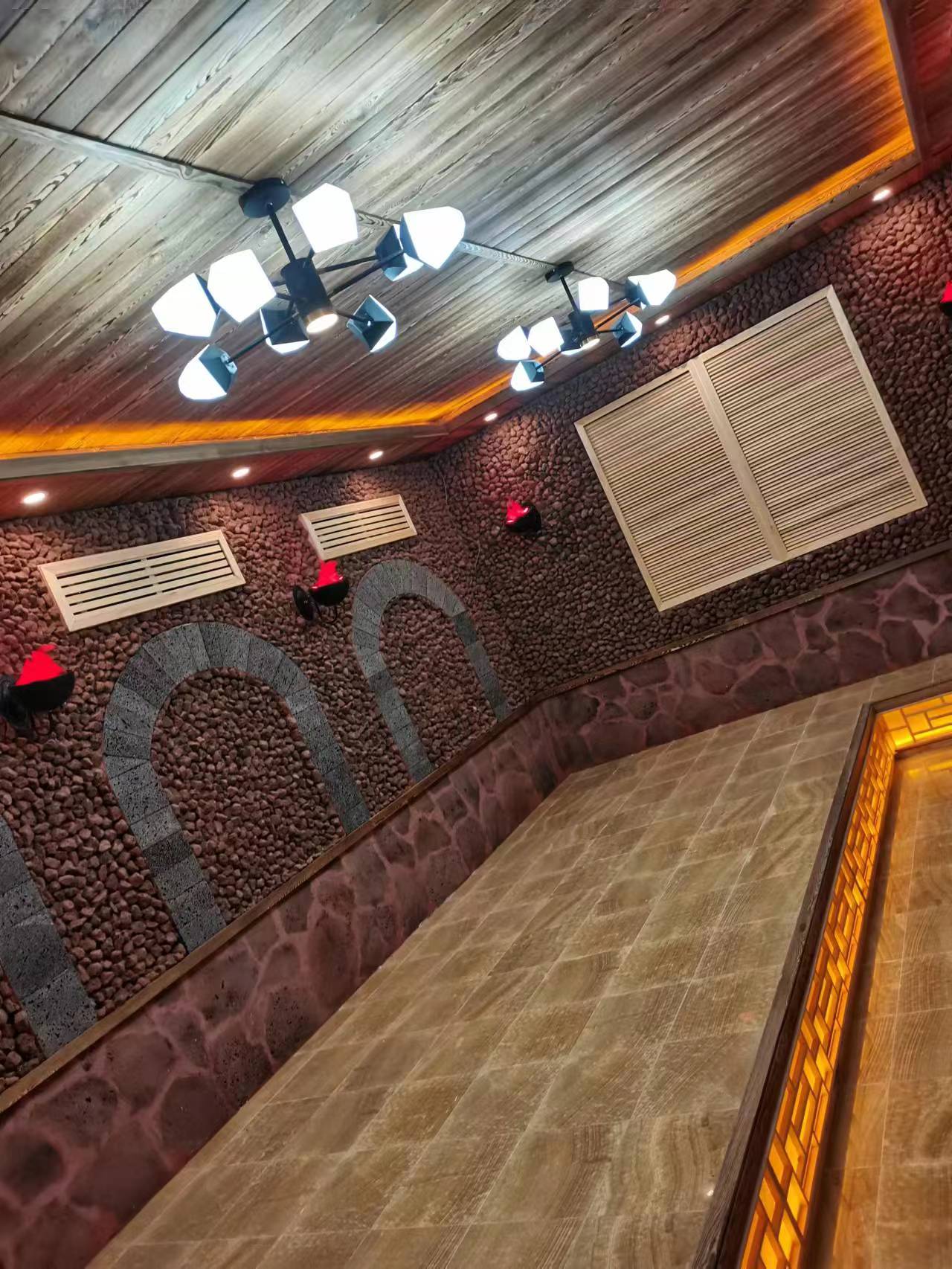
Which Insulation Materials are Most Effective in Maintaining Heat and Preventing Condensation in Northern Sweat Rooms?
In the chilly climate of the northern regions, sweat rooms play an important role in providing a warm and relaxing environment. However, to ensure their optimal functionality, proper insulation is crucial. This article will explore the most effective insulation materials for maintaining heat and preventing condensation in northern sweat rooms.
Fiberglass is a commonly used insulation material. It has excellent thermal resistance properties. The fine fibers of fiberglass trap air, which is a poor conductor of heat. This helps in reducing heat transfer both from the inside of the sweat room to the outside during cold weather and vice versa. In terms of preventing condensation, fiberglass insulation can maintain a relatively stable temperature within the sweat room. When the warm, moist air inside the sweat room comes into contact with the cooler surfaces, condensation can occur. Fiberglass helps in minimizing these temperature differentials, thus reducing the likelihood of condensation.
Cellulose insulation, made from recycled paper products, is also a viable option. It has a high R - value (a measure of thermal resistance), which means it can effectively keep the heat inside the sweat room. The dense nature of cellulose insulation fills gaps and voids well, providing a continuous layer of insulation. Regarding condensation prevention, cellulose can absorb and release moisture to some extent without losing its insulating properties. This ability to manage moisture helps in maintaining a proper humidity level in the sweat room and reduces the risk of condensation on the walls and ceilings.
Polyurethane foam is known for its high - performance insulation capabilities. It can be sprayed onto surfaces, creating a seamless and air - tight insulation layer. This is especially beneficial in a sweat room as it seals out drafts and cold air infiltration. The closed - cell structure of polyurethane foam not only provides excellent thermal insulation but also acts as a vapor barrier. By preventing the movement of water vapor, it significantly reduces the chances of condensation forming on the insulated surfaces. It can maintain a warm and dry environment inside the sweat room, which is essential for user comfort and the longevity of the structure.
Mineral wool, such as rock wool or slag wool, is another excellent insulator. It has good thermal conductivity properties and can withstand high temperatures. In a northern sweat room, it can resist the cold outside temperatures effectively. Mineral wool also has the ability to absorb sound, which can add to the overall comfort of the sweat room environment. When it comes to preventing condensation, its stable thermal performance helps in keeping the surface temperatures within the sweat room at a level that discourages condensation.

